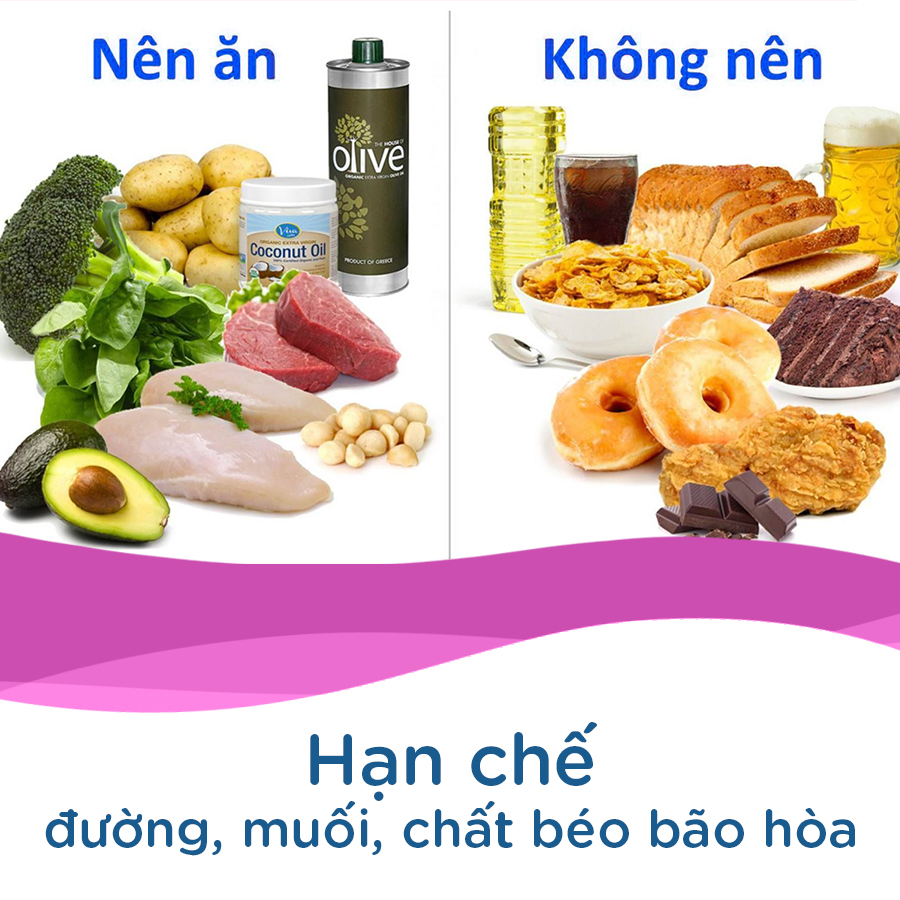4 nutrition principles in Diabetes

10/6/2020 4:27:27 PM
1. EATING 3 MEALS PER DAY
Diabetes patients shouldn’t skip meals because being hungry might makes you eat a lot and load too much energy. Eating 3 meals per day along with snacks can stabilize glucose levels.

2. RESTRICTIONS OF SUGARS, SALT, SATURATED FAT
The standard amount of salt for adults is 1500-2300 mg/day. You can absorb a moderate amount of unsaturated fat (found in nuts, fish, avocado, etc.) and sugar that suitable for your glucose level.

3. EXERCISE
The body absorbs nutrients better when exercising regularly. Moderated eating combine with exercising is the key to control weight and glucose levels.

4. DRINK ENOUGH WATER
Water is essential for daily activities, in particular, the filtered water does not affect the blood glucose level as sugary drinks and alcohol (no more than 1 drink per day).
